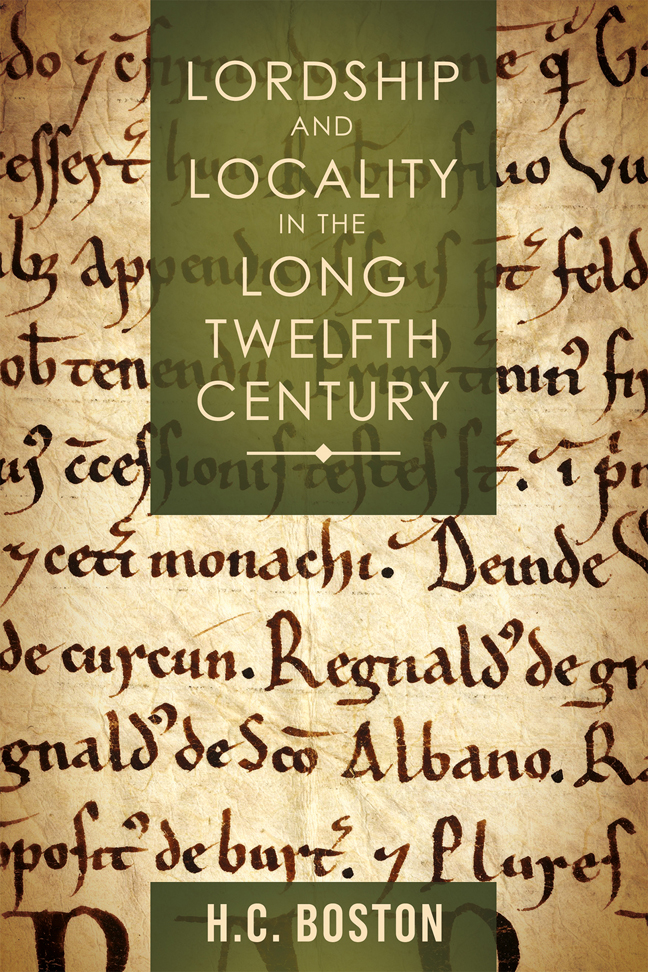Book contents
- Frontmatter
- Dedication
- Contents
- List of Illustrations
- Acknowledgements
- List of Abbreviations
- Introduction
- 1 Multiple lordship: a quantitative analysis
- 2 Multiple lordship and the honour
- 3 Multiple lordship and religious patronage
- 4 Multiple lordship and urban centres
- 5 The abbey of Burton-upon-Trent: a case study
- Conclusion
- Bibliography
- Index
3 - Multiple lordship and religious patronage
Published online by Cambridge University Press: 21 February 2024
- Frontmatter
- Dedication
- Contents
- List of Illustrations
- Acknowledgements
- List of Abbreviations
- Introduction
- 1 Multiple lordship: a quantitative analysis
- 2 Multiple lordship and the honour
- 3 Multiple lordship and religious patronage
- 4 Multiple lordship and urban centres
- 5 The abbey of Burton-upon-Trent: a case study
- Conclusion
- Bibliography
- Index
Summary
In 1090, Gilbert fitz Richard, lord of Clare (c.1066–c.1117), granted the collegiate church at Clare to the abbey of Bec, and added sustenance from his own lands for the support of four monks there. According to the Stoke-by-Clare cartulary, he was anxious that the foundation should receive support from his own men: ‘imploringly he ordered his barons to give to the church as much as they liked from their lands, churches or tithes without disinheriting their heirs’. With the overlapping forces of lordship and multiple lordship, kinship and locality, however, such a plea by a lord would not necessarily be followed.
Chapter 2 addressed the relationship between minor lords and their own lords directly, in order to explore – as far as we can see – how a man with multiple lords behaved towards each of them. This chapter seeks to address the same question from a different perspective: how the multiplicity of relationships for minor lords affected which religious houses they patronised. Since there does not generally seem to have been any rule about which houses could or could not be supported, the record of a family's grants fossilises the influences on the group in the patterns of their land grants, and the decisions that they made in response to these.
This chapter explores why grants were given to particular religious houses and, through this, to suggest what the key influences were on the behaviour of the minor lords. In doing so it seeks to show that even from the first century after the Conquest, subtenants had different, sometimes contradictory claims on their attention. The first is the impact of the family's lord or lords. These have often been taken as the primary motivating factor for minor lords in the twelfth century. While often undeniably strong, the degree of influence seems to have varied depending on how many lords an individual had. Importantly, seigneurial ties also coexisted with the ties of kinship and locality, and these could coincide and mutually strengthen one another, or could pull the attention and patronage of a minor lord in different directions.
- Type
- Chapter
- Information
- Lordship and Locality in the Long Twelfth Century , pp. 121 - 150Publisher: Boydell & BrewerPrint publication year: 2024



